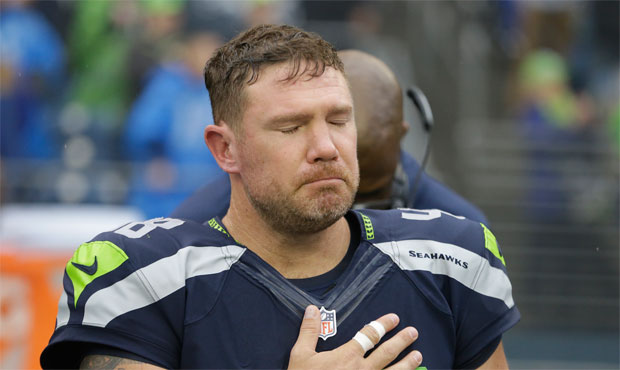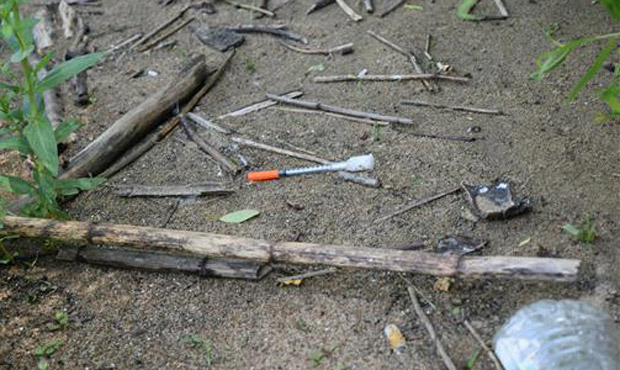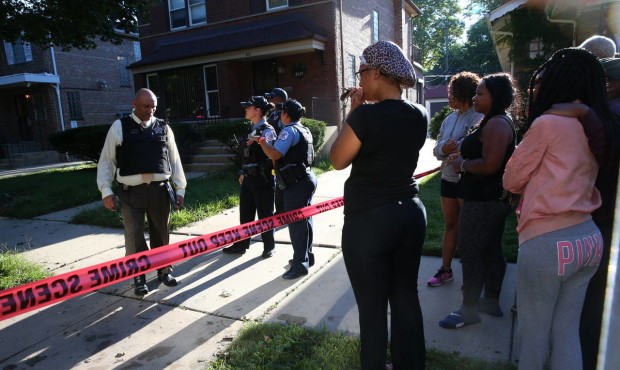Dave Ross
Landslide, mudflow? Realities of what your homeowners insurance does, doesn’t cover
Losing a loved one is bad enough, but soon the survivors of the Oso mudslide will have to deal with the prospect of rebuilding their lives, and the realities of what insurance does and does not cover.
The bad news is that if all they have is an ordinary homeowners policy, they are out of luck.
A slide like this is actually not considered an Act of God, but it is considered an additional risk that requires an additional premium.
According to Karl Newman, the President of the Northwest Insurance Council, “A standard home policy is designed to cover the typical risks that every homeowner has. That would be fire, wind, burglary, things of that nature. For special risks, like landslides, earthquake and flood – these are special policies that you need to purchase for that type of coverage.”
And the risk isn’t just confined to relatively isolated areas like Oso. Newman said the City of Seattle has had over 1,500 landslides since it started keeping records.
That means it’s something that we all need to pay attention to if we live above or below a steep a slope.
The policy you would need if you’re at risk for a landslide is called a ‘difference in conditions policy’ – because you are above or below that slope, and it’s different from another home’s normal conditions.
“You can talk to your homeowner’s agent or company and they can refer you, or you can go to insurancemarketplace.com,” said Newman.
Newman said it will cost more than a typical homeowners policy.
“Standard homeowners insurance policy in the state of Washington averages $595 per year. If you are at risk of a slide and your home is valued at at $300,000 to rebuild – that’s not your view, that’s not your land, it’s just the home – you’re looking at $1,000 or more per year for a difference in conditions policy.”
Newman said it might seem like a lot, but if you compare it to two newer cars insured for full coverage for one year, it costs more than what it would be combined, your difference in conditions plus your homeowners insurance.
And keep in mind, in the insurance world, there’s a big rebuild difference between landslides and mudflows.
“For mudflows, which is defined as a moving river of mud, say a bank gives way upstream and you have a moving river of mud and debris, the only place you can get coverage for that is through the National Flood Insurance program,” said Newman. “So mudflow, tsunami and flooding, you can get those through the National Flood Insurance programs. The coverages out there – it’s reasonably affordable and we encourage people to consider it.”
If you look for this kind of insurance, and can’t find any companies willing to insure you, it might be a hint.
“Insurance companies want to write insurance policies and if you find yourself in a position where you can’t get coverage that means you’re in a very risky location,” said Newman. “You may want to consider a different location.”
MyNorthwest.com’s Alyssa Kleven contributed to this report.





































Comments